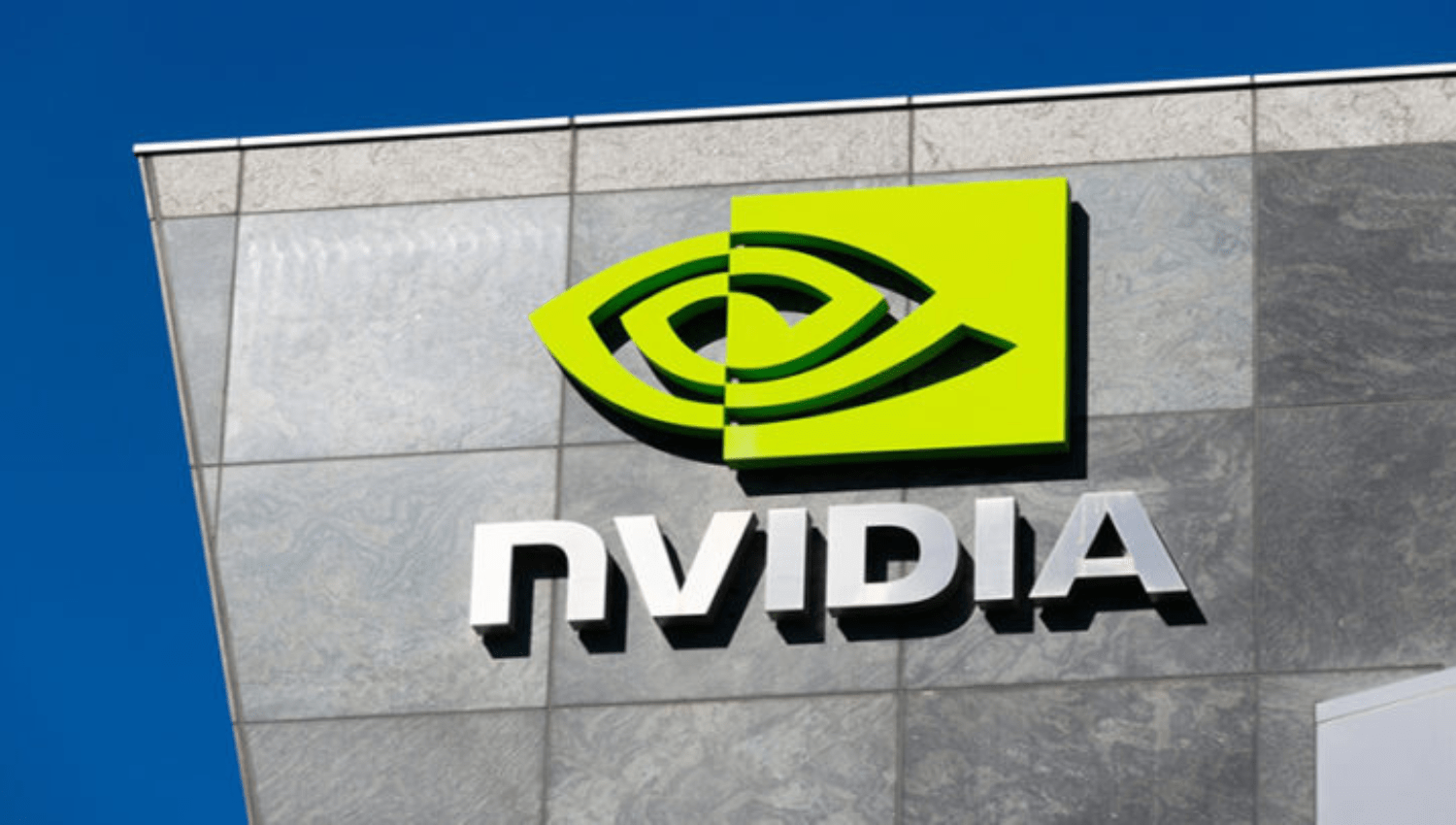
The Results
NVIDIA’s financial results for the fourth quarter and fiscal year 2024 demonstrate an impressive period of growth and success. In fiscal year 2024, NVIDIA reported a record revenue of $60.922 billion, showing a significant increase of 126% compared to the previous fiscal year. The company’s gross margin also notably improved, reaching 73.8%, up from 59.2% in the prior year. Operating income and net income for fiscal year 2024 experienced substantial growth, with operating income at $37.134 billion (up by 311%) and net income at $32.312 billion (a rise of 286%). Diluted earnings per share for the year reached $12.96, marking a remarkable increase of 288%.
In the fourth quarter specifically, NVIDIA achieved a record quarterly revenue of $22.1 billion, reflecting a 22% increase from the previous quarter and an impressive surge of 265% from the same period last year. The Data Center segment performed exceptionally well, generating $18.4 billion in revenue for the quarter—an increase of 27% sequentially and a significant growth rate of 409% compared to the previous year.
NVIDIA has shown impressive growth in revenue, showcasing its strong position in the data center market due to its advancements in AI and computing technologies.
Looking towards the first quarter of fiscal 2025, NVIDIA predicts revenue to reach approximately $24.0 billion, with expected GAAP and non GAAP gross margins around 76.3% and 77.0%, respectively. Operating expenses for the company are estimated to be about $3.5 billion based on GAAP standards and $2.5 billion based on non GAAP criteria.

The rise in NVIDIA’s stock price on February 22, 2024, is a clear indicator of its financial success, with an increase of 16.40% reaching $785.38 per share. This positive trend in both financial health and stock performance reflects NVIDIA’s strong position in the industry and its potential for continued growth going forward.
Whats Really Contributing to the Growth?
NVIDIA’s impressive increase in profits during 2023 and moving into 2024 can be credited to a variety of factors, including the rising demand for its products, strategic market positioning and the wider adoption of artificial intelligence (AI) technologies. Here is a detailed breakdown based on the most recent data;
Generative Ai:NVIDIA is pioneering generative AI technologies with its advanced platform that integrates accelerated computing, AI software, and pre-trained models for a variety of applications, including hyperpersonalized AI applications, drug discovery, visual applications, and digital avatars. Leveraging its comprehensive suite of tools such as NVIDIA NeMo, BioNeMo, Picasso, and Avatar Cloud Engine (ACE), alongside enhancements in AI model performance through TensorRT optimization for RTX GPUs, NVIDIA aims to address complex AI, data science, and high-performance computing challenges across industries. The company’s AI Foundations cloud service further enables enterprises to customize large language models with proprietary data, supporting models with up to 530 billion parameters for highly specific applications
Increasing Demand for NVIDIA Products
The rise in NVIDIA’s stock performance and earnings has been largely fueled by the growing need for its GPU products, especially in sectors like gaming, professional visualization, data centers and automotive industries. Not only are NVIDIA’s GPUs crucial for gaming but they have also become essential for AI applications, cloud computing and other areas, driving the company’s revenue growth and competitive edge.
Advancements in AI and Technological Innovations:
The surge in AI has played a significant role in driving NVIDIA’s expansion. The cutting edge GPU technology offered by the company is central to AI advancements, supporting various applications from data centers to self driving cars and deep learning projects. By focusing strategically on AI initiatives, NVIDIA has been able to benefit from the rapid growth in this field, establishing itself as a leading provider of vital AI computing infrastructure.
Global Growth and Product Diversification:
Despite encountering challenges like export restrictions in China that could impact specific markets, NVIDIA has sustained its upward trajectory through strong expansion efforts in other regions and diversification of its product range.
The company has taken proactive steps to navigate regulatory environments and introduce new products that comply with international regulations, ensuring ongoing access to important markets.
Challenges and Strategic Responses
While NVIDIA may face sales challenges due to export restrictions, particularly in China, the company is actively exploring solutions through government approvals and product adjustments to address these issues. This flexibility demonstrates NVIDIA’s resilience and forward thinking approach in sustaining growth despite external pressures.
In summary, NVIDIA’s impressive earnings growth and stock performance stem from its focus on artificial intelligence (AI) and technological advancements, rising demand for its products across different industries, as well as its adept handling of global challenges through expansion strategies. The company’s proactive stance toward market shifts and obstacles, along with its technological expertise, positions it favorably for long term growth prospects.
Lets Analyze Valuation and Profitability Ratios

NVIDIA Corporation’s financial metrics over the observed periods reveal a dynamic valuation landscape and improving profitability. The P/E ratio saw a dramatic peak at 116.95 in Q4 ’22, indicative of high growth expectations, before normalizing to a current 56.53. The P/S ratio followed a similar trajectory, currently standing at 27.58, down from a high of 35.75 in Q1 ’23. The P/CF ratio, after peaking at 101.30 in Q1 ’23, has adjusted to 59.81, reflecting a reassessment of the company’s cash flow valuation. The P/B ratio currently at 38.68, has also seen volatility, denoting changes in asset valuation. Enterprise value surged from 451.64B to a significant 1.65T, indicating a substantial change in market capitalization and debt structure. The EV/EBITDA ratio reached a high of 112.72 in Q1 ’23 before declining to the current 47.90, suggesting a decrease in the premium paid for the company’s earnings before interest, taxes, depreciation, and amortization.
Profitability ratios have generally improved, with ROA rising to a robust 55.67%, and ROE increasing notably to 91.46%, signaling a substantial return on shareholder equity. ROIC follows this positive trend, standing at 69.81%, indicative of efficient capital use. Gross margin improvement is evident, escalating to 75.97%, alongside operating and EBITDA margins, which have increased to 61.60% and 63.35% respectively, showcasing enhanced operational efficiency and profitability. Net margin’s rise to 55.58% confirms a higher profit retention from sales. Collectively, these metrics suggest NVIDIA’s adept navigation through valuation adjustments and a commendable enhancement in financial performance, although these numbers should be contextualized within broader market and industry-specific developments.
The firm’s financial situation is sound, providing significant leeway for further investment, which is crucial for sustaining growth and innovation. There has been a consistent trend of analysts revising NVIDIA’s sales forecasts upwards, signifying market confidence in the company’s ability to expand its revenue streams.
Analyst Recommendations

We can see that the recommendations are generally positive, with the majority of firms advising either a “Buy” or “Outperform” rating, indicating an expectation that NVIDIA’s stock will perform well in the market. The target prices set by these firms range significantly, with Loop Capital setting the highest target at $1,200.00, which is a 52.97% increase from the current price, reflecting a very bullish outlook. On the other end, the lowest target price is at $850.00, set by multiple firms such as Wedbush Securities Inc., Needham & Company Inc., and others, suggesting a more conservative but still positive outlook with increases around 8.23%. The mean (average) price target among all contributors is $831.10, which represents a 4.6% increase from the current price, indicating a general consensus of a modest uptick in NVIDIA’s stock value.
The variation in price targets and recommendations can be attributed to different analysis methodologies, perspectives on the company’s growth potential, market positioning, and expected financial performance. The most optimistic outlook by Rosenblatt Securities, with a target price of $1,400.00, predicts a substantial 76.26% increase, possibly factoring in NVIDIA’s strong position in growth areas such as AI, gaming, and data centers.
To know more about CMS Prime visit us at https://cmsprime.com
Disclaimer: This is not an Investment Advice. Investing and trading in currencies, CFD’s involve inherent risks. It’s essential to conduct thorough research and consider your risk tolerance before engaging in any financial activities.


